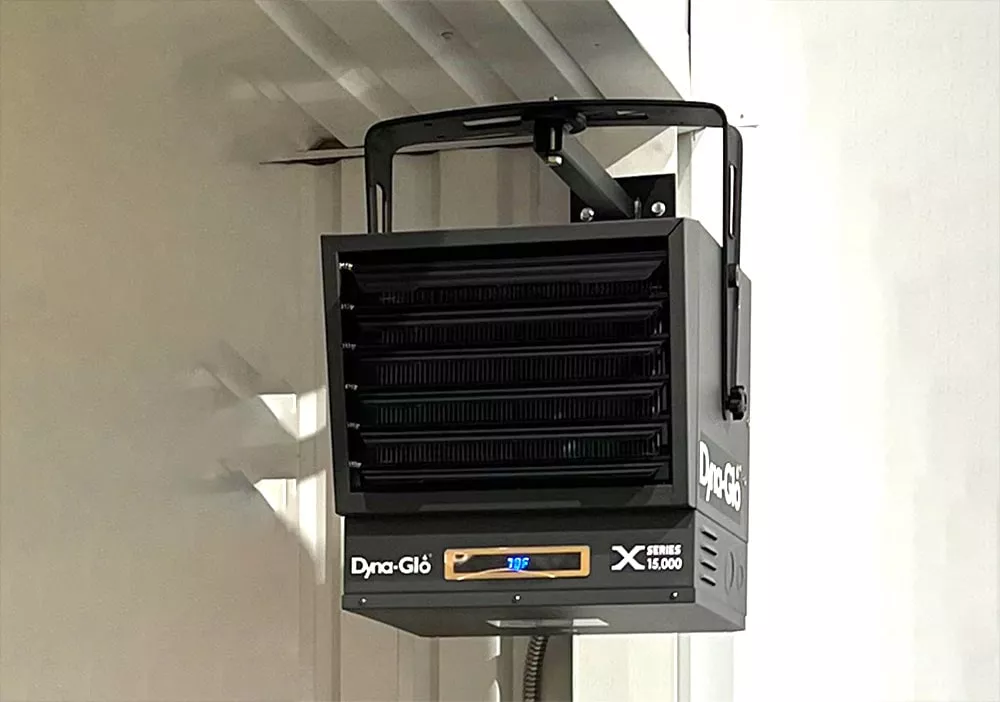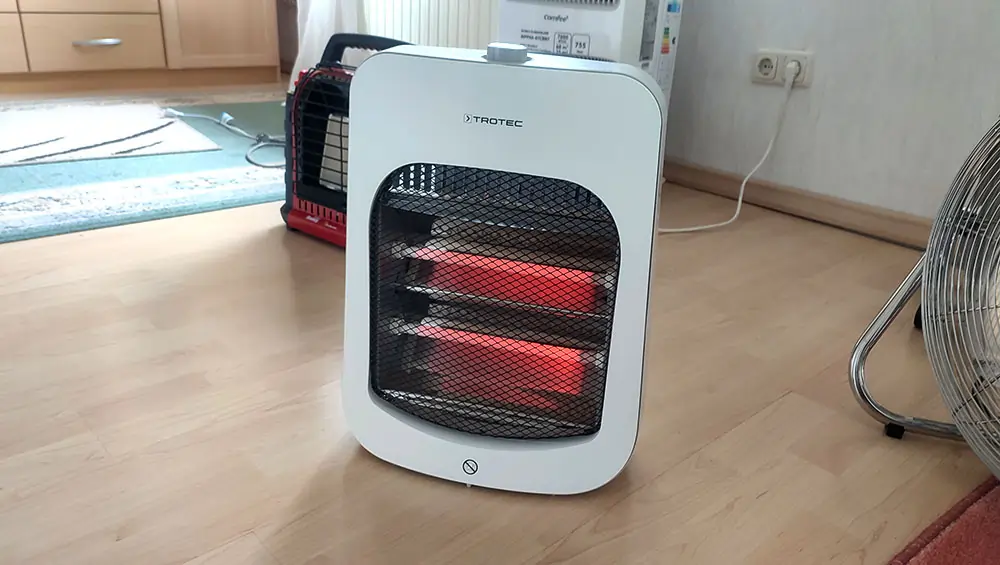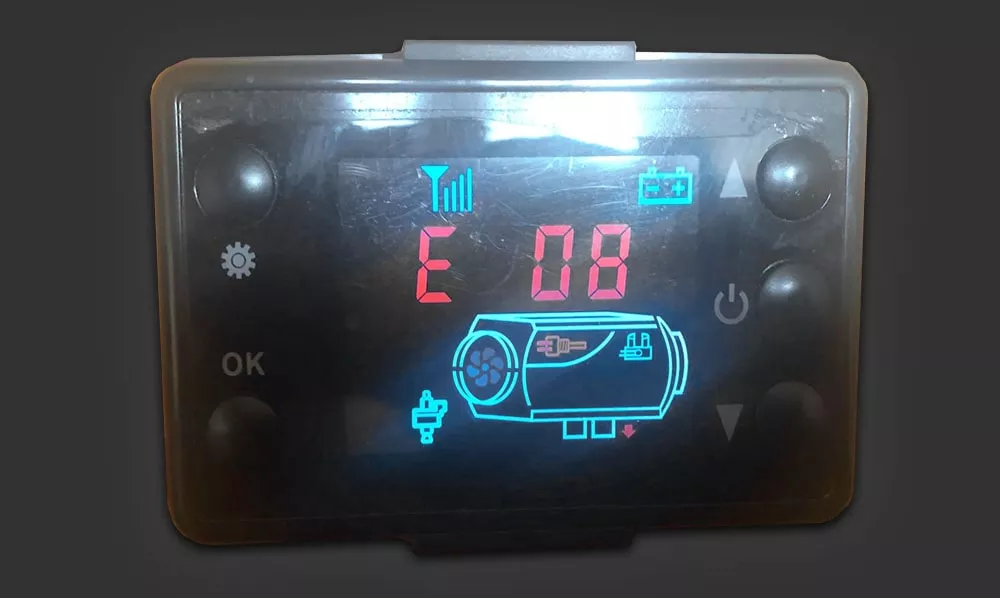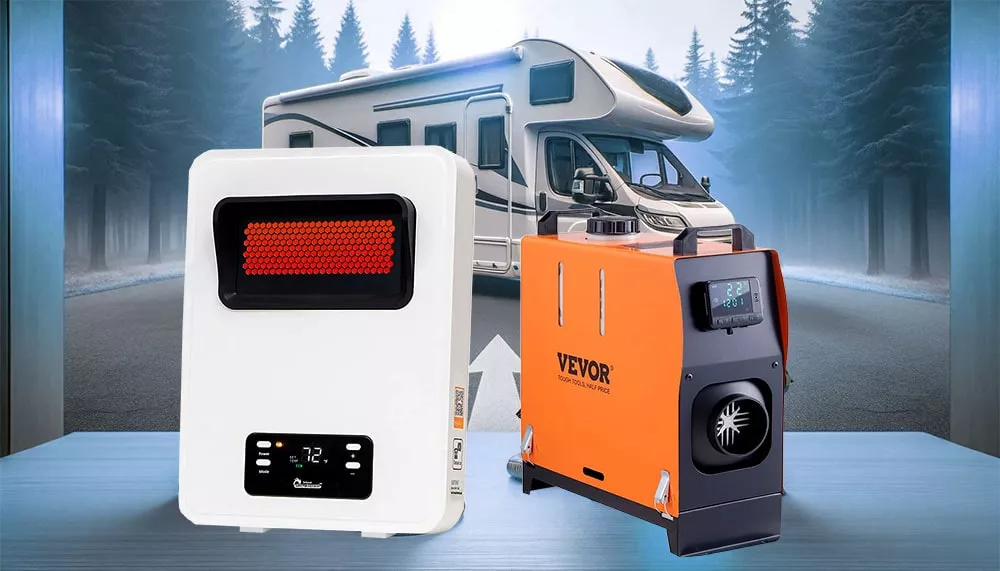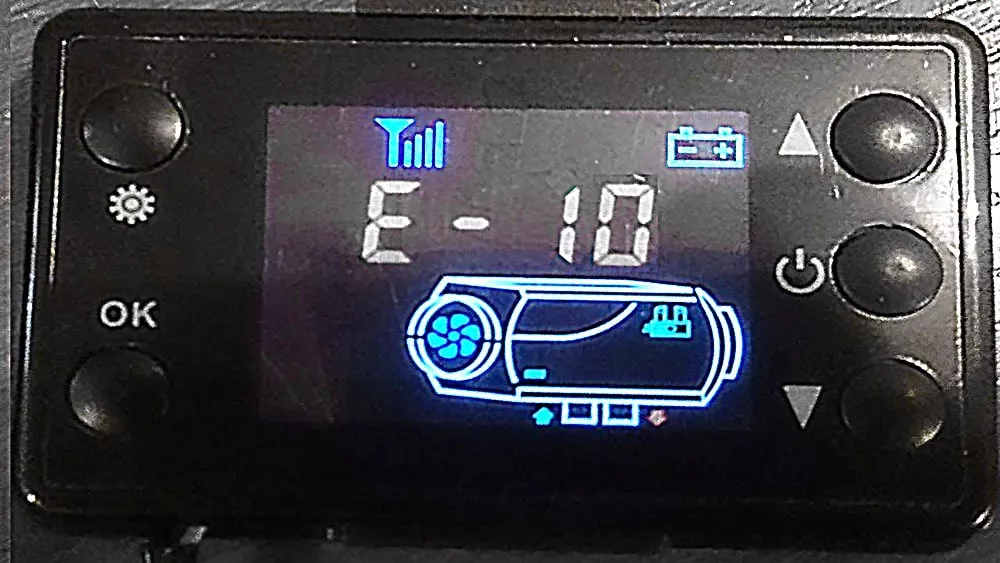The Ultimate Guide to Space Heaters, Air Conditioners & Purifiers
Welcome to your #1 resource for space heaters, air conditioners, purifiers, and energy-saving tips! Whether you’re trying to warm up a cold room, cool your garage, purify the air, or cut electricity costs - I’ve got you covered. Below you’ll find a couple of hand-picked guides to start with!
🏆 Recommended Products
Struggling to choose the right appliance? Here are my go-to product recommendations:
- 🔥 Best Oil-filled Radiators
- 🌞 Best Infrared Heaters
- 🔥 Best Propane Heaters
- 💨 Most Powerful Space Heaters
- 🧊 Best Portable Air Conditioners
- 🔇 Quietest AC Units
- 🧼 Top Air Purifiers for Small Rooms
💡 Save Energy & Money
Stop wasting energy and start saving money. Here are a couple of useful methods to improve your heater’s or your AC’s efficiency:
- 💸 How Much Does a Space Heater Cost to Run?
- 🔌 Make Your Oil Heater More Efficient
- 🕯️ Build a Candle Heater That Works
- 💨 Improve Portable AC Efficiency
👉 Explore all energy-saving guides »
🛠️ Repair Your Devices
Don’t toss it—fix it! Easy, step-by-step repair guides:
- 🧯 Space Heater Not Blowing Hot Air?
- 🔧 Fix Your Oil-filled Radiator
- 🌀 Swamp Cooler Not Blowing Cold?
- ❌ Portable AC Won’t Turn On?
⚠️ Stay Safe
Your health and safety come first—always:
- ☠️ Do Space Heaters Emit Carbon Monoxide?
- 🐾 Are Heaters Safe for Pets?
- 💡 Can You Use a Heater in the Bathroom?
- 🔌 Can You Use an Extension Cord with a Space Heater?
🔍 Can’t find What You Need?
No problem. Try our powerful site search to find the perfect guide:
📬 Check our Latest Posts
I am constantly testing new devices and updating all guides. Here are my latest posts:



